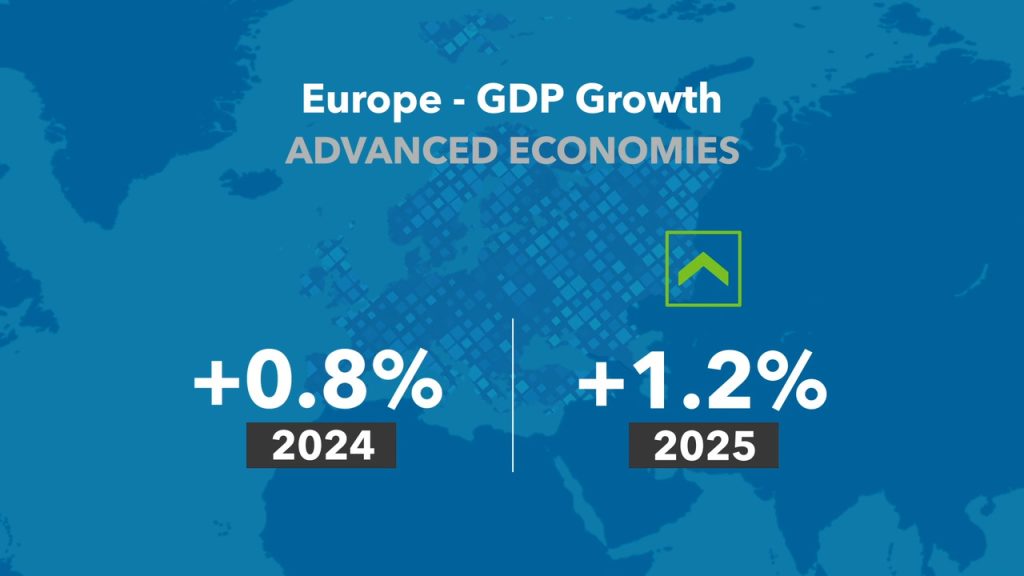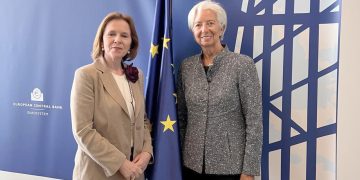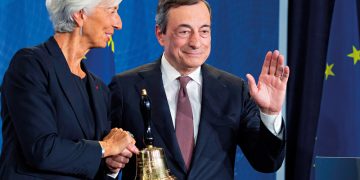In the final quarter of 2024, European financial markets faced an unexpected twist: the European Union’s core inflation rate dropped sharply from 4.2% to 3.1%, signaling a faster-than-anticipated cooling of inflation pressures. This surprising data not only influenced Europe’s bond yields but also rippled across the Atlantic, coinciding with a 12% reduction in net inflows into U.S. high-yield (HY) bond funds. The juxtaposition of easing inflation in Europe with diminished appetite for riskier U.S. debt raises a critical question: how exactly did the European inflation surprise affect U.S. high-yield bond flows, and what underlying mechanisms drove this cross-market reaction? This article delves into the data, cross-market dynamics, expert debates, and what the near future might hold for global fixed income investors.
Key Data and Background
The core inflation rate in the eurozone, which excludes volatile food and energy prices, unexpectedly fell from 4.2% in Q3 2024 to 3.1% in Q4, as reported by Eurostat. This decline was steeper than forecasts, which had predicted a more gradual easing. The data suggested that price pressures in services and non-energy goods softened considerably, reflecting either waning demand or structural improvements in supply chains. This inflation surprise played a crucial role in shifting investor expectations about the European Central Bank’s (ECB) policy trajectory.
Simultaneously, U.S. high-yield bond funds experienced a net outflow of approximately 12% in Q4 2024, reversing the steady inflows seen earlier that year, according to EPFR Global data. High-yield bonds, often seen as proxies for economic risk appetite, showed vulnerability as investors reassessed risk premia amid changing global inflation and interest rate expectations.
This correlation between European inflation and U.S. HY flows suggests a complex interplay. The sharp disinflation in Europe pressured ECB officials to maintain a cautious stance on further rate hikes, leading to a decline in European bond yields. Lower yields in Europe reduced the carry advantage of riskier U.S. high-yield bonds for global investors, prompting a reallocation of capital. Furthermore, with the Federal Reserve still maintaining relatively higher rates due to persistent inflation in the U.S., investors faced uncertainty about the timing and scale of U.S. rate cuts, adding to the volatility in HY flows.
(See Figure 1: Eurozone Core Inflation Rate and U.S. HY Fund Flows, Q1–Q4 2024)
Cross-Market Impact
The European inflation surprise influenced multiple interconnected markets. Firstly, the immediate effect was seen in the European sovereign bond market. German bund yields dropped by about 20 basis points in the weeks following the data release, signaling a reassessment of the ECB’s tightening path. Similarly, yields on peripheral eurozone debt also fell, reflecting broad investor relief over subdued inflation pressures. The euro strengthened modestly against the U.S. dollar, as markets recalibrated expectations for divergent monetary policies.
Secondly, U.S. high-yield bond investors, particularly foreign institutional investors, re-evaluated their risk exposure. With European yields falling and the euro strengthening, the relative attractiveness of U.S. dollar-denominated HY bonds diminished. Coupled with lingering concerns about U.S. corporate earnings and broader macroeconomic uncertainties, this led to a pullback in capital flows to U.S. HY funds. This scenario contrasts with historical episodes like the 2013 taper tantrum, when U.S. monetary tightening drove global bond volatility. In this instance, Europe’s inflation surprise was the catalyst, highlighting an evolving dynamic in cross-Atlantic capital flows.
Equity markets also reflected this divergence. European financial stocks benefited from lower borrowing costs and improved sentiment tied to easing inflation, while U.S. financials, more sensitive to credit spreads and Fed policy uncertainty, lagged behind. The FX market’s relative calm masked underlying adjustments in global risk preferences, with currencies like the euro responding primarily to inflation signals.
(See Figure 2: German Bund Yields vs. U.S. HY Fund Flows, Q4 2024)
Expert Views: Diverging Interpretations
The European Central Bank maintained that despite the sharp inflation drop, long-term inflation expectations remained anchored near the 2% target. ECB officials emphasized that the decline reflected temporary factors and structural changes rather than a fundamental easing of inflationary pressures. They cautioned against interpreting the data as a signal for early rate cuts, advocating instead for continued vigilance given underlying wage growth and supply-side constraints.
In contrast, many U.S.-based hedge fund managers interpreted the European inflation surprise as a broader signal impacting dollar assets. According to interviews with market participants, some managers argued that falling European yields exerted spillover effects on U.S. credit markets, particularly high-yield bonds, by altering global risk premia and investor positioning. They highlighted that the relative decline in European bond yields made U.S. high-yield’s risk-return profile less appealing, intensifying outflows.

Leading institutional analysts also offered mixed assessments. Goldman Sachs acknowledged the potential for continued eurozone disinflation and predicted that ECB rate hikes would slow, encouraging yield compression in Europe. Morgan Stanley, however, suggested that U.S. high-yield flows were influenced by a complex matrix of factors, including domestic earnings revisions and geopolitical risks, with European inflation playing a secondary role.
Adding a contrarian angle, Nobel laureate economist Robert Shiller questioned the causality narrative linking European inflation to U.S. HY flows. He argued that while correlations exist, underlying U.S. credit fundamentals — such as leverage ratios and default risks — remained the primary drivers of HY market behavior, independent of European macro surprises.
Future Outlook and Strategies
Looking ahead to 2025, three scenarios emerge. Optimistically, if Europe sustains disinflation without triggering recession, the ECB might begin gradual rate cuts in late 2025, supporting continued low yields and renewed investor confidence. This could stabilize European bond markets and encourage U.S. HY inflows as risk appetite recovers amid more predictable monetary policy.
A neutral scenario envisions inflation stabilizing near 2.5%, with the ECB holding policy steady. In this case, U.S. HY flows might stabilize but remain volatile, as investors weigh moderate growth prospects and persistent geopolitical uncertainties.
Pessimistically, if disinflation morphs into deflationary pressure tied to an economic slowdown, bond yields could fall further, and U.S. HY investors might retreat more aggressively amid heightened credit risk.
Investors should monitor key indicators including eurozone inflation trends, ECB communications, U.S. HY fund flow data, and corporate credit spreads. Diversification across credit quality and duration, alongside hedging currency risk, may help manage volatility.
Conclusion
The 2024 Q4 European inflation surprise disrupted expectations and triggered ripple effects in global bond markets, particularly affecting U.S. high-yield bond flows. While European yields declined in response to easing inflation, U.S. HY experienced outflows as investors recalibrated risk premia and yield differentials. This episode highlights the increasingly interconnected nature of global fixed income markets, where surprises in one region quickly influence capital allocation decisions worldwide.
Will European disinflation continue to shape U.S. credit market dynamics in 2025, or will domestic fundamentals reassert dominance? Investors must remain vigilant, tracking inflation, monetary policy signals, and fund flows across borders to navigate the evolving landscape.








































